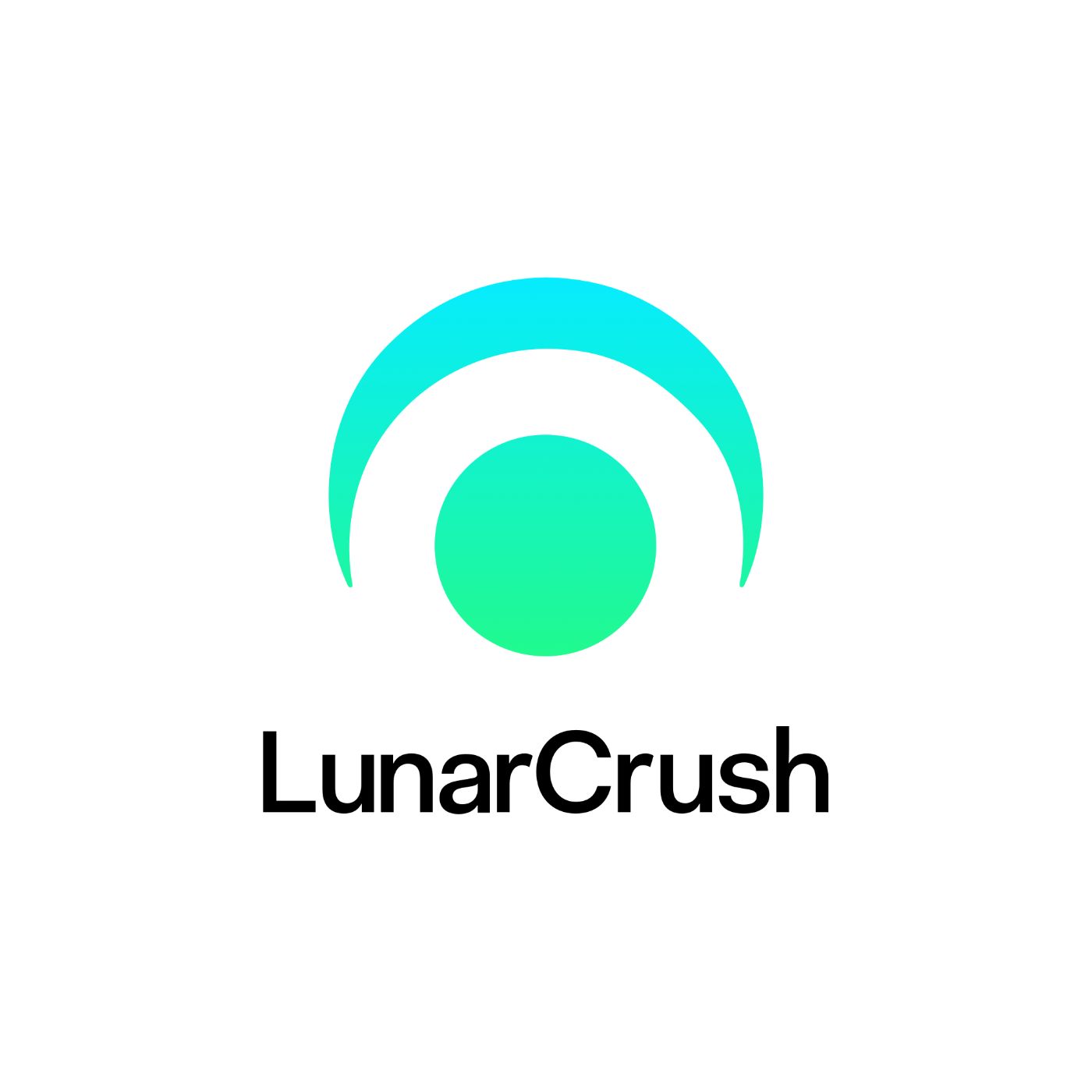Are The Doge Days Really Over?
Jul 17, 2023

Social Intelligence for Crypto, NFTs, and Stocks - there's more to markets than trading off price.
Social Intelligence for Crypto, NFTs, and Stocks - there's more to markets than trading off price.
Jul 17, 2023
Jul 17, 2023